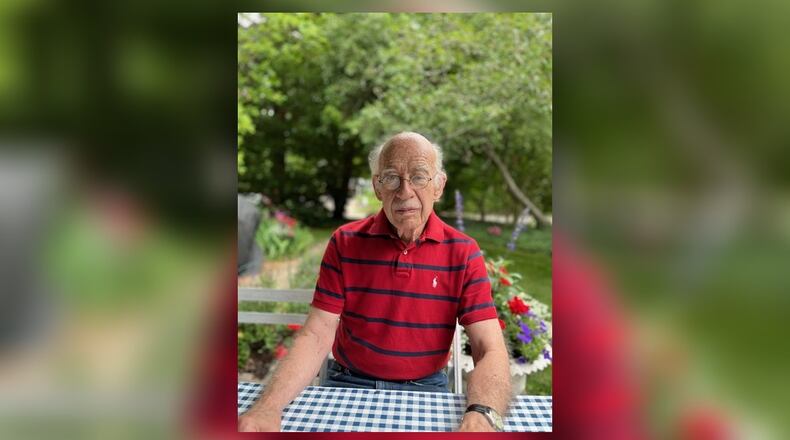These gatherings, Community Homicide Prayer Vigils, have been going on for over two decades. I used to participate in the first ones, which were called whenever a homicide was committed in the Dayton metropolitan area and close to the site of the killing. Those vigils kept coming so often that it felt like a full time job and I stopped my participation. At that time, I remember a landlord protested that those vigils were bad for business and also some of the families of the victims didn’t welcome the publicity. Now the prayer vigils are conducted at a neutral place, McIntosh Park, and once a month.
First, we remember the victims and their lives. We are then invited to offer any personal comments that we may have. Sometimes, this is followed by a reading from the scriptures. Then we pray for the victims, their families, for those that keep us safe and also for the perpetrators. And to the end we pray for ourselves and the community that we will be free of hate, prejudice, racism and any form of violence. We finish by singing (out of tune) a hymn.
Seldom these gatherings last longer than half an hour. The vigils are coordinated by Jane Bohman. These are ecumenical prayers. The last one was led by Barbara Mosley of the Omega Baptist Church.
I cannot avoid asking myself why this goes on and on, month after month, year after year.
A common fact is obvious: We are all at risk of violence by guns. There are more guns than the population of the country. It is easier to get and keep a gun than to get and keep a driver’s license. Intuitively, one may think that to have a gun offers some protection. But studies have shown that, even in high risk neighborhoods, the ownership of a gun is by itself a risk.
A gun may be used at the time of being afraid with a terrible outcome and becomes a risk for accidents and suicide. Whenever the acquisition of firearms is facilitated, the number of suicides goes up.
I don’t trust myself with a gun. We all have episodes of acute depression (the loss of a job, difficulty in finding one, a serious illness, being unsuccessful in love, etc.). What a risk to have a loaded gun near by! The healthier behavior is to get rid of a gun if one has one, and for the people who own an arsenal, begin to reduce the inventory. We all will sleep better.
Jaime Pacheco is a retired physician of the Dayton VA hospital and retired voluntary faculty of the WSU school of medicine.
About the Author
